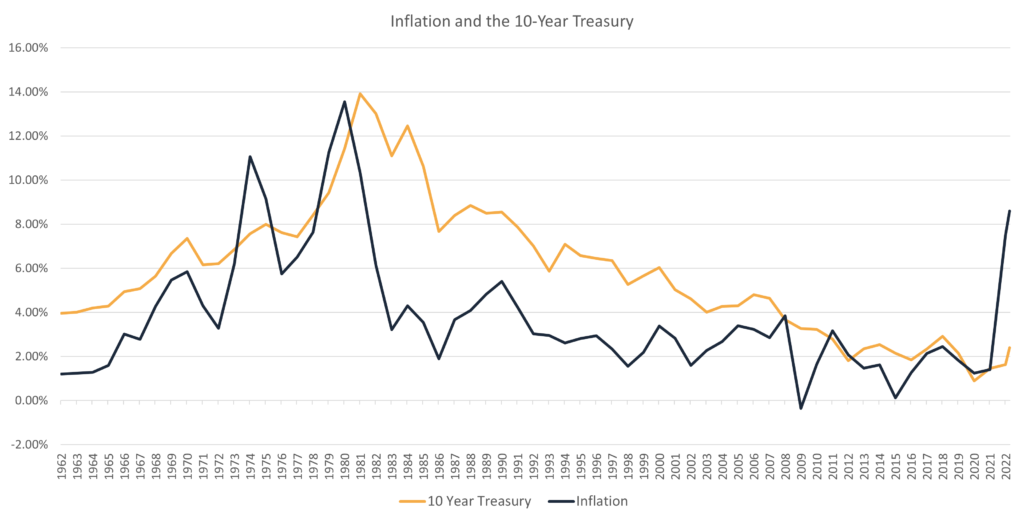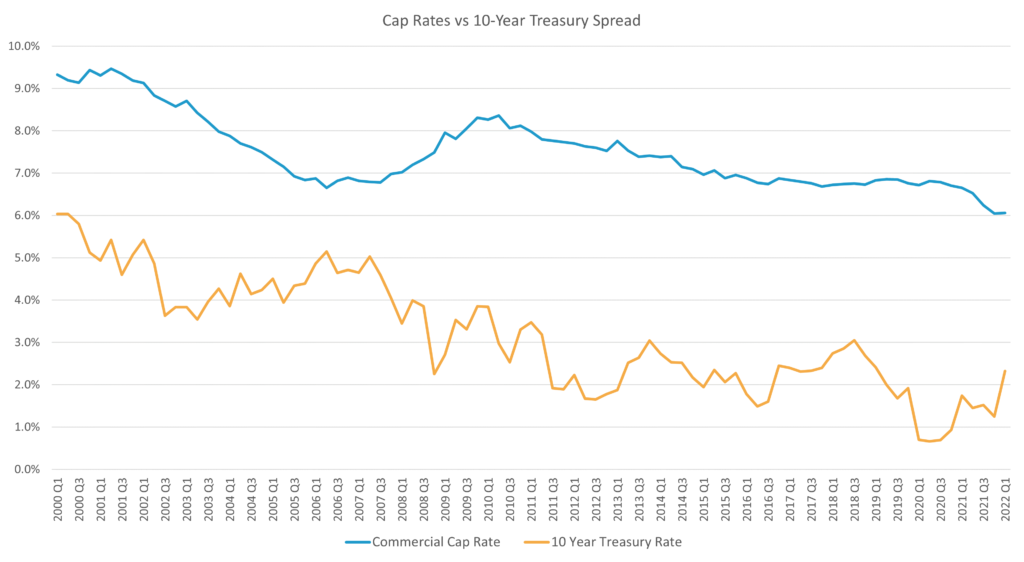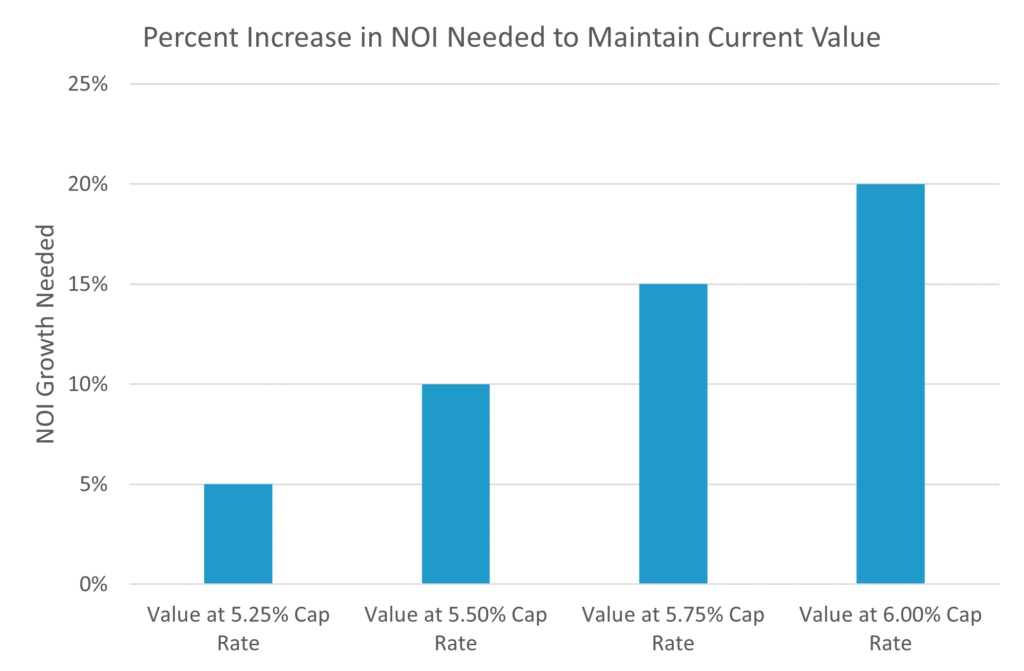NONDISCLOSURE AGREEMENT
THIS NONDISCLOSURE AGREEMENT (this “Agreement”), made as of this 31st day of May, 2025 (the “Effective Date”) [COMPANY], a [COMPANY TYPE], and its affiliates, (“Recipient”), with an address of [ADDRESS], for the benefit of Skyview Advisors LLC (“Discloser”), with an address of 100 N Ashley Dr, Suite 600 | Tampa, FL 33602 (collectively, Recipient and Discloser are the “Parties”).
RECITALS:
WHEREAS, Recipient been advised that Discloser is acting as the exclusive agent to the owner of the property known as Evaluating Interest Rate Spikes in 2022 | How Do Rising Interest Rates Impact Your Property Value? and located at (the “Property”);
WHEREAS, Discloser is willing to provide to Recipient the certain information pursuant to the terms set forth herein in order to facilitate a potential transaction between Recipient and the owner to the Property in connection with the Property (the “Transaction”);
WHEREAS, subject to full execution of this Agreement by all Parties, the Discloser intends to provide Recipient with certain proprietary and confidential information as determined by Discloser relating to the Transaction. All of the information listed above, and any other reports, materials or information obtained by Recipient and its affiliates and/or their respective employees, attorneys or accountants (collectively, “Representatives”), without regard to whether a court of law would deem such materials confidential or privileged, are collectively referred to as the “Confidential Information.”
NOW, THEREFORE, in consideration of the undertakings, and subject to the terms and conditions set forth in this Agreement, as a condition to the disclosure by Discloser to Recipient of any Confidential Information, the Parties agree as follows:
1. Confidentiality and Nondisclosure
(a) Recipient agrees that it will not, directly or indirectly, without the prior written consent of Discloser, disclose or authorize or permit anyone under its direction to disclose to anyone any of such Confidential Information; provided, however, that Recipient may disclose the Confidential Information to those of its Representatives who are engaged to assist in the review of the Transaction if Recipient provides its Representatives with a copy of this Agreement and informs its Representatives of its obligations hereunder. Recipient agrees that neither it nor the Representatives will use any Confidential Information other than in connection with the evaluation of the Transaction.
(b) Recipient and its Representatives will not, without the prior written consent of Discloser, disclose to any person the fact that the Confidential Information exists or has been made available, that Recipient is considering the Transaction, or that discussions or negotiations are taking or have taken place concerning the Transaction, or any term, condition or other fact relating to the Transaction or such discussions or negotiations, including without limitation, the status thereof.
(c) Confidential Information shall not include information which has come within the public domain through no fault or action by Recipient or information which is obtained after the Effective Date by Recipient from any third party which is lawfully in possession of such information and not in violation of any contractual or legal obligation with respect to such information; provided that, with respect to any of the foregoing exceptions, Recipient will, within ten (10) business days of any request therefor by Discloser, provide Discloser with satisfactory written evidence that such Confidential Information is or was within the public domain, or obtained from a third party having lawful possession thereof, as the case may be, at the time such disclosure was made to Recipient.
(d) Recipient and its Representatives will not discuss any details of the Confidential Information with any third-party except as otherwise provided herein.
(e) Recipient agrees that neither the Discloser nor its agents shall have any liability to Recipient resulting from the use of the Confidential Information supplied hereunder, except that nothing herein shall waive any rights or obligations Recipient or Discloser or its agents may have with respect to the contents of the Confidential Information.
(f) Recipient acknowledges that it has been advised that the Property may be viewed by appointment only and Recipient specifically agrees that it shall not attempt to view, visit or otherwise gain access to the Property unless and until Discloser has scheduled an appointment for Recipient to do so.
2. Non-Circumvent
In consideration of Discloser’s disclosure of the Confidential Information, and without limiting anything else set forth herein, neither Recipient nor any of its Representatives shall at any time prior to the date immediately preceding the second (2nd) anniversary date of this Agreement, without the prior written consent of Discloser, which consent may be withheld by Discloser in its sole discretion, take any action, directly or indirectly, to undertake the Transaction including, without limitation, attempting in any manner, directly or indirectly, to contact a potential seller or any of its shareholders, officers, directors, or affiliates, introduced or revealed to Recipient by Discloser, to undertake or complete the Transaction.
3. Destruction/Return of Confidential Information
Recipient, upon the request of Discloser, will either (a) promptly destroy all copies of the written Confidential Information in Recipient’s and/or any Representative’s possession, including but not limited to written summaries of any oral analyses, compilations, studies, or other documents prepared by the Recipient or any Representative in connection with the Transaction or provided by Discloser, and confirm such destruction to Discloser in writing, or (b) promptly deliver to Discloser, at Recipient’s own expense, all copies of such written Confidential Information in Recipient’s and/or any Representative’s possession; provided that nothing herein shall require Recipient to produce particular documents or information that constitute attorney-client privilege or attorney work-product (however, Discloser expressly retains the right to challenge any designation of attorney-client privilege or attorney work-product). Any oral Confidential Information will continue to be subject to the terms of this Agreement.
4. Legal Disclosure
In the event that Recipient or its Representatives are requested pursuant to, or required by, applicable law, regulation or legal process to disclose any of the Confidential Information, Recipient will promptly notify Discloser, in writing, so that Discloser may seek a protective order or other appropriate remedy or, in Discloser’s sole discretion, waive compliance with the terms of this Agreement. Recipient will cooperate in Discloser’s efforts to obtain a protective order or other reasonable assurance that confidential treatment will be given to the Confidential Information and the existence of the Transaction or discussions between the Parties relating to the Transaction. In the event that no such protective order or other remedy is obtained, or that Discloser does not waive compliance with the terms of this Agreement, Recipient will furnish only that portion of the Confidential Information which Recipient has a duty as a matter of law to disclose, such determination to be made in good faith reliance on the written advice and direction of Recipient’s legal counsel.
5. Remedies
In the event of a breach or threatened breach by Recipient of the provisions of this Agreement, Recipient agrees that the remedy at law available to Discloser would be inadequate and that Discloser shall be entitled to seek an injunction, without the necessity of posting bond therefore, restraining Recipient from disclosing, in whole or in part, such Confidential Information. Nothing herein shall be construed as prohibiting Discloser from pursuing any other remedies, at law or in equity, in addition to the injunctive relief available under this Agreement, for such breach or threatened breach, including the recovery of consequential and punitive damages from Recipient. In addition, in the event of any violation of this Agreement by Recipient or its Representatives, Recipient shall reimburse the Discloser and its affiliates for all costs and expenses, including reasonable attorneys’ fees, incurred in order to enforce the provisions of this Agreement or exercise any remedies for a violation thereof.
6. Waiver
Recipient agrees that no failure or delay by Discloser in exercising any right, power or privilege hereunder will operate as a waiver thereof, nor will any single or partial exercise thereof preclude any other or further exercise thereof of the exercise of any right power or privilege hereunder.
7. Binding Agreement and Assignment
This Agreement shall be binding upon Recipient, its Representatives, its personal representatives, successors and assigns, and shall run to the benefit of Discloser and its affiliates, successors and assigns. This Agreement is not assignable by Recipient, and any attempted assignment by Recipient shall constitute a material breach by such party.
8. Severability
If any portion of this Agreement is held to be invalid or unenforceable for any reason, it is agreed that said invalidity or unenforceability shall not affect the other portions of this Agreement and that the remaining covenants, terms and conditions or valid portions thereof shall remain in full force and effect and any court of competent jurisdiction may so modify the objectionable provision as to make it valid, reasonable and enforceable.
9. Notice
Any notice or communication required or permitted to be given by any provision of this Agreement shall be deemed to have been effectively given and received on the date personally delivered to the party to whom it is directed or when deposited by registered or certified mail, with postage prepaid, and addressed as set forth on the signature page hereof. Either party may change its notice address by delivering a written change of address to the other party in the manner set forth in this paragraph.
10. Agency Disclosure
Broker as Single Agent or Transaction Agent. Broker has been retained by owner of the Property in the capacity of:
☐ Single Agent for Owner/Seller ⌧; Transaction Broker
For purposes of this agreement, a “Single Agent” means a broker who represents, as a fiduciary, either the purchaser (or lessee, as appropriate) or seller (or lessor, as appropriate) but not both in the same transaction.
For purposes of this agreement, a “Transaction Broker” means a broker who provides limited representation to a purchaser (or lessee, as appropriate), and seller (or lessor, as appropriate), or both, in a real estate transaction, but does not represent either in a fiduciary capacity or as a single agent. In a transaction broker relationship, a purchaser (or lessee, as appropriate) or seller (or lessor, as appropriate) is not responsible for the acts of a licensee. Additionally, the parties to a real estate transaction are giving up their rights to the undivided loyalty of a licensee. This aspect of limited representation allows a licensee to facilitate a real estate transaction by assisting both the purchaser and the seller, but a licensee will not work to represent one party to the detriment of the other party when acting as a transaction broker to both parties.
11. Applicable Law
This Agreement shall be governed by and construed in accordance with the laws of the State of Florida, without giving effect to the principles of conflict of laws thereof. Any action to enforce or construe the terms of this Agreement shall be brought in a state or federal court of competent jurisdiction in Florida.
12. Entire Agreement
This Agreement constitutes the entire agreement between the parties hereto with respect to the subject matter of this Agreement and supersedes and is in full substitution of any and all prior agreements and understandings whether written or oral between the parties relating to the subject matter of this Agreement. No modification, amendments or waiver of the terms and conditions hereof shall be binding upon Discloser, unless approved in writing by Discloser.
This Agreement may be executed in counterparts, each of which shall constitute an original, but all of which shall constitute one agreement. This Agreement may be executed by facsimile and PDF copy signature or other electronic means, which shall be accepted as if they were original execution signatures.






